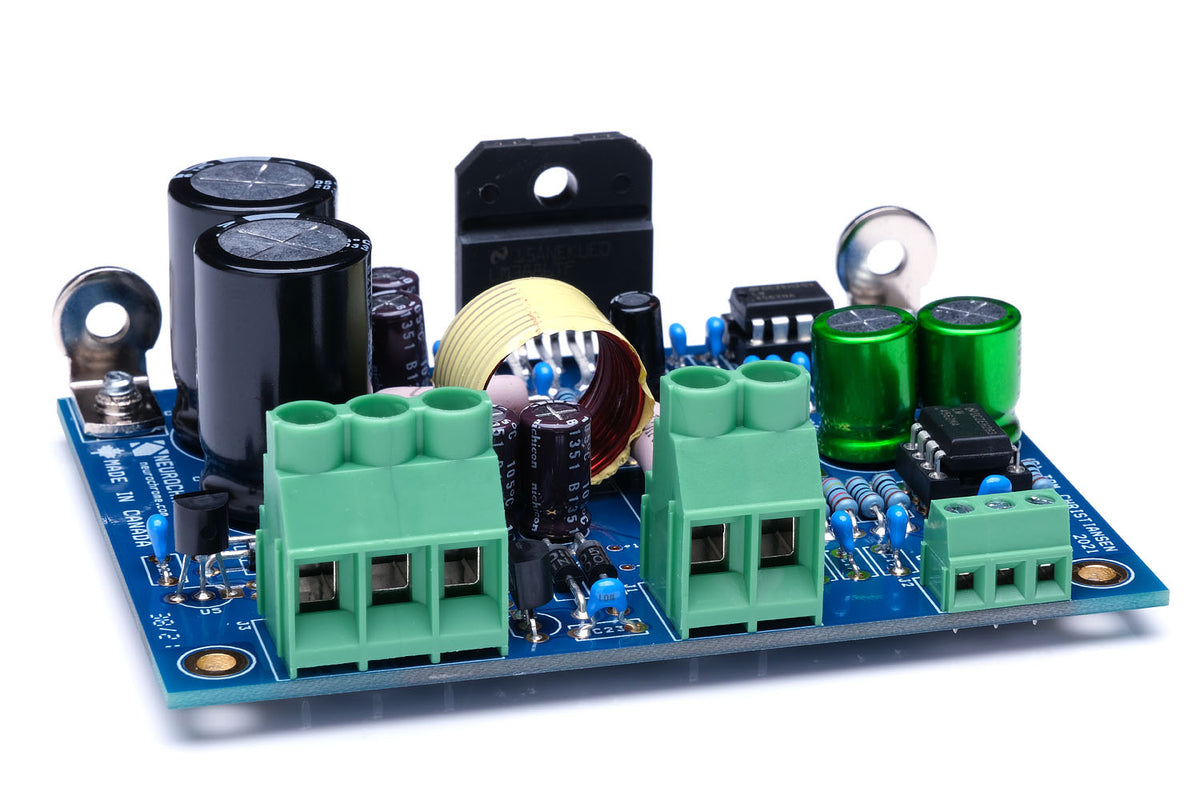I have never seen an amp that measures this way. I don't know that anybody has. It isn't the first amplifier to use feedforward -- indeed, John Siau points out that feedforward is actually an older technology than negative feedback -- but it's rare in doing so.
It's great to see someone breaking all the "rules" of amplifier design, because it's been in a rut for some years now, with the best designers squeezing pretty much everything that could be squeezed out of available devices using conventional topologies.
Anyone who thinks all amps sound the same will be in for a rude but happy awakening when they compare an inexpensive amp to an amp like the Benchmark.
That said, anyone who thinks that the Benchmark is a *perfect* amp because of its steady state measurements will learn that that doesn't yet exist.
I've owned an AHB2 for several years now, and it's the cleanest amplifier I've ever heard. I was listening to it last night and I can only describe the sound as ravishing. Like silk. Or like Class A without the absurd size, weight, and heat. (If you've ever heard crossover notch distortion you know why Class A amps sound better than A/B ones, it's incredibly audible and annoying in small amounts.) And the low weight, tiny form factor, and efficiency of the AHB are really welcome. It's a save-the-planet kind of amplifier, without the sonic compromises of Class D.
But perfect amplifier? No. It excels in steady state measurements, but it isn't as dynamic sounding as other good amplifiers with which I've compared it. Again, this isn't a question of steady state measurements or amplifier power -- I'm not clipping it. But listen to a piano on the Benchmark and another good amp and you'll hear what I mean: it rounds off the attack.
Amplifiers actually differ surprisingly in the degree to which they do that. My Parasound A21, for example, is a less refined amplifier than the Benchmark, but it happens to be one of the best amps I've heard in this particular regard. There are those who say that the Benchmark robs music of excitement, and after several years of listening experience, I tend to agree. It's strength is in beauty of sound. The highs in particular are to die for, like gossamer.
Another issue is, paradoxically, lack of distortion masking. Lower order harmonic distortion is known to render higher order harmonic distortion euphonic. This is because of the mechanism by which we detect the timbre of sounds. And higher order distortion is unfortunately quite common on poorly made recordings and badly-designed equipment. What this means in practice is that the AHB2 will sound great on clean recordings, but will pass the harshness through on more distorted ones, while some more colored amplifiers with lower order harmonics will tend to mask that harshness.
So the Benchmark isn't a perfect amplifier, but anyone who has never heard a really good amplifier or thinks that all amps sound the same is going to be blown away by the sound. It's a bargain, too, by the standards of high end amplifiers, and with its sophisticated protection circuitry, quite bulletproof!




